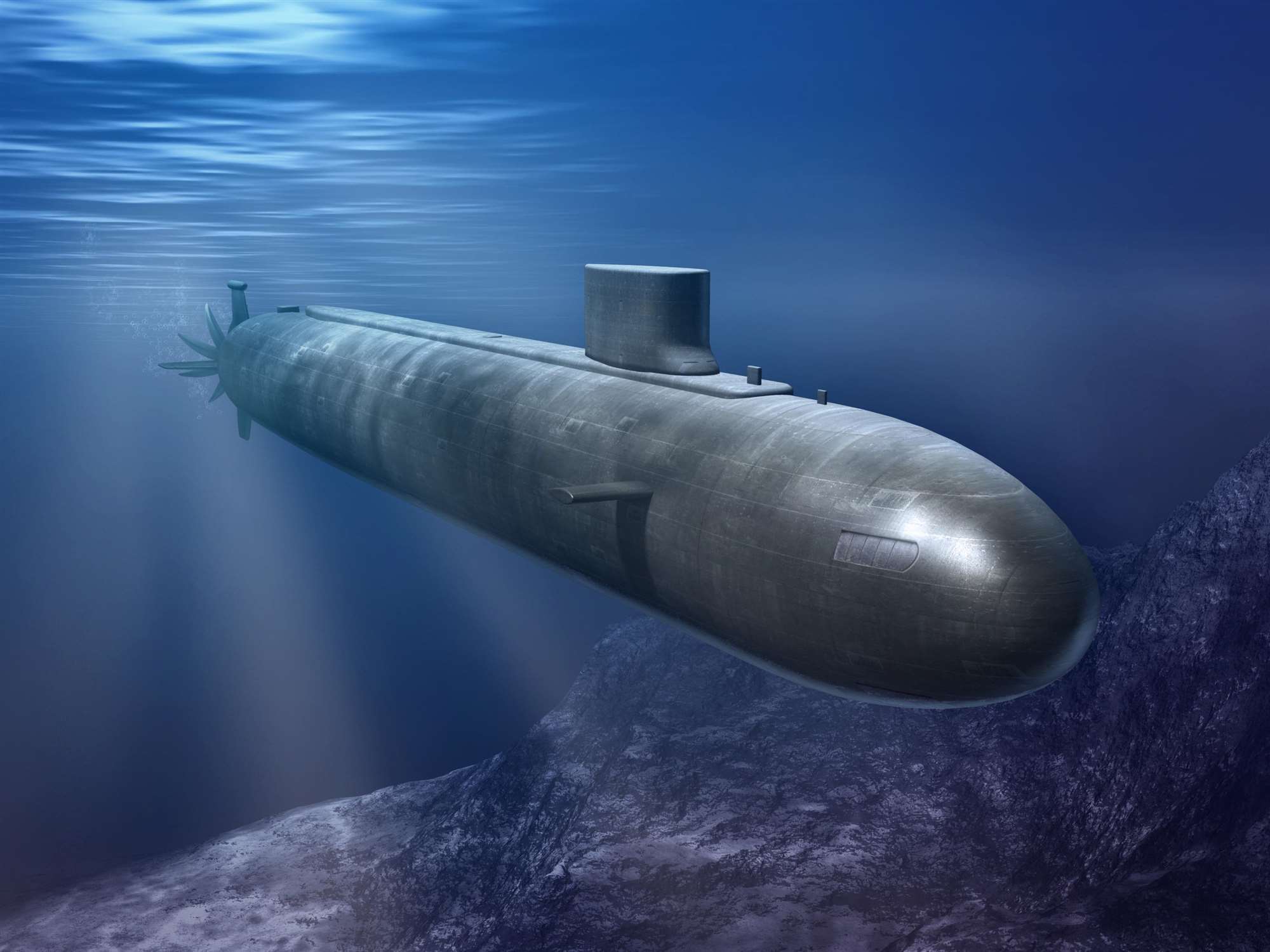

Sibitzky, who received a Navy Cross for his valiant actions during the USS Squalus rescue and salvage operations May 23, 1939. The Sibitzky ROV system consists of a 13.5-foot operations van, a 6.5-foot spares van, a winch with 3,000 feet of soft umbilical cord, a launch and recovery system, and the Sibitzky vehicle. The SRDRS replaced the vessels Mystic and Avalon, two previous rescue submarines, as the primary deep sea rescue asset for submariners. SRDRS is designed for quick worldwide deployment in the event of a submarine accident and is transportable by truck, aircraft, or ship. or partner nation submariners in distress. The PRM is the main component of the Submarine Rescue Diving and Recompression System (SRDRS), which is capable of being flown anywhere in the world to rescue either U.S.

Two crewmembers operate the PRM, which can rescue up to 16 personnel at a time. It is capable of diving to depths up to 2,000 feet and mating with a disabled submarine trapped on the sea floor up to a 45-degree angle in both pitch and roll. The PRM-1 Falcon is a tethered, remotely operated submarine rescue vehicle. The ballast tanks are normally dry but flooded during mating process to provide additional weight. It contains a downhaul drum and spooling device. The lower is flooded at ambient sea pressure and blown dry after mating to transfer personnel. The upper is maintained at atmospheric pressure and contains operators, passengers and controls. The SRC consists of an upper and lower compartment. Once launched, the SRCFS is able to operate around the clock. SRC is the main component of the Submarine Rescue Chamber Flyaway System (SRCFS), which is capable of worldwide submarine rescue missions. The SRC can rescue up to six persons at a time and reach a bottomed submarine at depths of 850 feet. Once the chamber reaches the submarine, it seals over the submarine's hatch, allowing sailors to be safely transfer to the rescue chamber.

The SRC is operated by two crewmembers and is lowered using a tethered cable to the submarine. The SRC is a McCann rescue chamber designed during World War II and is still used today.

URC's undersea rescue capabilities include the Remotely Operated Vehicle (ROV), Submarine Rescue Chamber (SRC) and the Pressurized Rescue Module (PRM). URC is comprised of approximately 145 personnel: 45 active duty officers and enlisted Sailors, 35 contractors and 65 reservists. URC, homeported at Naval Air Station North Island, Coronado, San Diego, conducts its mission using deep submergence systems including a remotely operated underwater vehicle, submarine rescue chamber, pressurized rescue module and side scan sonar.Īs an engaged and active member of the international rescue community, URC conducts numerous exercises and conferences throughout the world to train, share and exercise undersea rescue. Its mission is worldwide submarine assessment, intervention and rescue. Navy's official command for the rescue of sailors during a submarine casualty anywhere in the world. Undersea Rescue Command (URC) is the U.S.


 0 kommentar(er)
0 kommentar(er)
